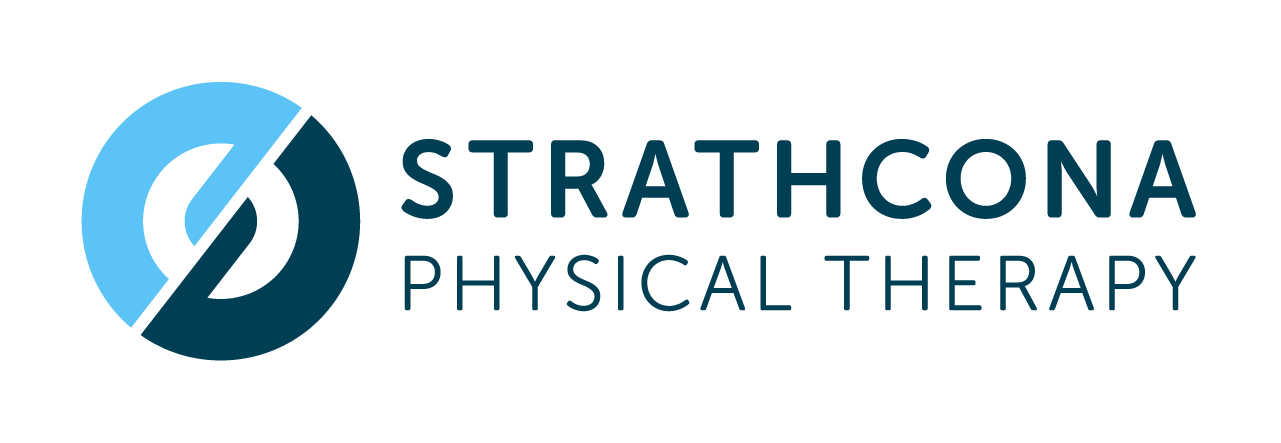How Shockwave Therapy Can Help with Plantar Fasciitis Pain
Plantar fasciitis is a common and often debilitating condition that affects the heel and bottom of the foot. It occurs when the plantar fascia, a thick band of tissue connecting the heel bone to the toes, becomes inflamed. This can lead to severe pain and discomfort, especially with the first steps in the morning. One promising treatment for plantar fasciitis pain is shockwave therapy. In this blog post, we’ll explore how shockwave therapy works, its benefits, and why it’s a good option for those suffering from plantar fasciitis.
Understanding Shockwave Therapy
Shockwave therapy, also known as extracorporeal shockwave therapy (ESWT), is a non-invasive treatment that uses acoustic waves to promote healing and reduce pain in injured tissues. It is commonly used for various musculoskeletal conditions, including plantar fasciitis.
How Shockwave Therapy Works
Mechanism of Action:
Acoustic Waves: Shockwave therapy involves the application of high-energy sound waves to the affected area. These waves penetrate the skin and stimulate the plantar fascia.
Tissue Regeneration: The acoustic waves increase blood flow to the injured area, promoting tissue regeneration and repair. This helps reduce inflammation and accelerate the healing process.
Pain Reduction: The therapy also helps to desensitize nerve endings in the area, providing significant pain relief.
Treatment Process:
Initial Assessment: A healthcare provider will evaluate your condition to determine if shockwave therapy is appropriate for you.
Application: During the treatment, a handheld device is used to deliver the shockwaves to the affected area. Each session typically lasts about 15-20 minutes.
Frequency: Most patients require a series of treatments, usually once a week for 3-6 weeks, depending on the severity of the condition.
Benefits of Shockwave Therapy for Plantar Fasciitis
Non-Invasive: Shockwave therapy is a non-surgical treatment, making it a safe and low-risk option for managing plantar fasciitis pain.
Effective Pain Relief: Many patients experience significant pain reduction after just a few sessions, allowing them to return to daily activities with less discomfort.
Promotes Healing: By enhancing blood flow and stimulating tissue repair, shockwave therapy addresses the root cause of plantar fasciitis rather than just masking the symptoms.
Quick Recovery: Unlike surgical options, shockwave therapy requires no downtime, enabling patients to continue with their routine immediately after treatment.
Reduced Need for Medication: With effective pain relief and healing, patients may find they need fewer pain medications, reducing the risk of side effects associated with long-term drug use.
Why Shockwave Therapy is a Good Option
Proven Results: Numerous studies have demonstrated the efficacy of shockwave therapy in treating plantar fasciitis. It has been shown to provide long-term pain relief and improve function in patients.
Convenience: Treatment sessions are short and can be easily scheduled around work or other commitments, making it a convenient option for busy individuals.
Minimal Side Effects: The most common side effects are mild and temporary, such as slight bruising or soreness at the treatment site, which typically resolves quickly.
Versatility: In addition to plantar fasciitis, shockwave therapy is effective for other chronic conditions such as tennis elbow, calcific shoulder tendinitis, and Achilles tendinopathy, making it a versatile tool in musculoskeletal care.
Conclusion
Shockwave therapy offers a promising solution for those suffering from plantar fasciitis pain. By promoting healing and providing effective pain relief, it allows patients to regain their mobility and quality of life without the need for invasive procedures. If you’re struggling with plantar fasciitis, consider consulting with a healthcare provider to see if shockwave therapy is the right option for you. With its proven benefits and minimal risks, it could be the key to your recovery and long-term foot health.
References
Rompe, J. D., Furia, J., & Maffulli, N. (2009). Eccentric loading versus eccentric loading plus shock-wave treatment for midportion Achilles tendinopathy: A randomized controlled trial. The American Journal of Sports Medicine, 37(3), 463-470.
Speed, C. A. (2004). Extracorporeal shock-wave therapy in the management of chronic soft-tissue conditions. Journal of Bone and Joint Surgery, 86(2), 165-171.
Gerdesmeyer, L., Frey, C., Vester, J., Maier, M., Weil, L., Jr, Weil, L., Sr, et al. (2008). Radial extracorporeal shock wave therapy is safe and effective in the treatment of chronic recalcitrant plantar fasciitis: Results of a confirmatory randomized placebo-controlled multicenter study. American Journal of Sports Medicine, 36(11), 2100-2109.
Gollwitzer, H., Diehl, P., von Korff, A., Rahlfs, V. W., & Gerdesmeyer, L. (2007). Extracorporeal shock wave therapy for chronic painful heel syndrome: A prospective, double blind, randomized trial assessing the efficacy of a new electromagnetic shock wave device. Journal of Foot and Ankle Surgery, 46(5), 348-357.
Thomson, C. E., Crawford, F., & Murray, G. D. (2005). The effectiveness of extra corporeal shock wave therapy for plantar heel pain: A systematic review and meta-analysis. BMC Musculoskeletal Disorders, 6, 19.
